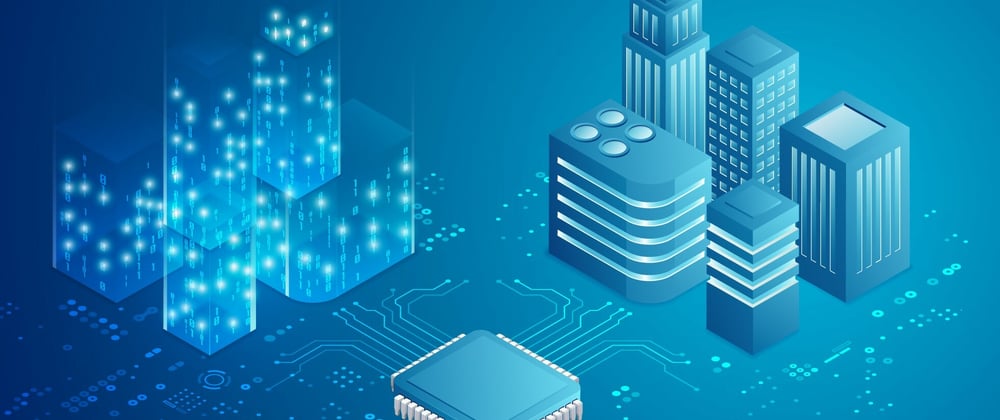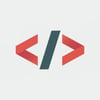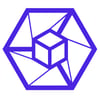You are here to know more about digital twins or DT. But first, let's quickly revise the basics.
Perhaps, you are already aware that an IoT network consists of thousands of devices; gadgets connected via the internet. From an airplane's engine to a simple alarm clock, several items are a part of the Internet of Things network. Every device on this network gets its unique IP address. These gadgets can collaborate and share data with the help of Artificial Intelligence (AI) modules.
The IoT concept has been around since 1999. However, with the introduction of 5G mobile networks worldwide, the technology has triggered a wave of revolution in several sectors.
NASA first used digital twins (exact duplicates) technology during the 1960s to visualize spaceships away from the earth. Since then, technology has evolved a lot.
Simply put, device twins (DT) offer a virtual representation (3D model) for the selected product or process. The virtual model keeps evolving in real-time according to the updates received from IoT sensors and asset registers attached to the physical device. Besides monitoring the subject's current status, this technology is often combined with Artificial Intelligence to predict the physical counterpart's future performance.
The virtual twin represents the data and metadata of a physical device connected to the IoT network. It plays a prominent role in the management of such devices. Engineers have implemented the DT concept in designing, developing, and deploying several industrial solutions.
Data sets
Two types of data sets are retrieved from gadgets that are a part of the Internet of Things network. The first type is the one that explains its dynamic state, and the second is the metadata. The latter does not change often and consists of the device's make/model number, firmware version, asset identifier, and serial number. On the other hand, the first type of data reflects the concerned gadget's real-time unique stats. The IoT solution-powered mobile and web applications receive both types of data and can send commands to the concerned devices based on their individual stats.
With DTs, engineers can set commands for offline devices
The digital replica represents the physical device's metadata and the last reported stats (dynamic state). The IoT applications interact with this digital replica which remains in sync with the actual physical device.
The application's command first reaches the digital twin, which tracks the difference between the physical device's last reported state and the application's desired state. If the gadget is offline, the IoT platform makes sure that it syncs with the digital twin and complies with the command sent by the application once it is online. The unique intelligent functionality allows developers to remain burden-free as the physical devices attain the desired state immediately after coming online. Digital twins play a crucial role in managing devices in the IoT platform. As a result, the technology has become a hot favorite for designing experts working on industrial IoT solutions.
Digital twins combined with Virtual Reality
With the advancements in the Industrial Internet of Things and Artificial Intelligence, the DT concept has considerably evolved.
Researchers feel digital twins' concept has modernized the way scientists deal with replica models of prototypes. The technology has the potential to altogether remove uncertainties, inefficiencies, silos, and the need for the massive amount of resources required to be spent on prototype models as they would be virtualized.
Thanks to Virtual Reality, digital twins offer something more than the last reported stats and data about the device. The digital replicas present a completely realistic, rich, and interactive view to the developers with the help of VR.
Several industries have invested in digital twins
- Healthcare
GE has developed an AI-powered digital twin system that can represent vital information like the patient's oxygen levels, blood pressure, heart rate, and other medical data. The company's bandage-sized sensors help power the digital replica representing the exact model for the patient's body. The system provides real-time information about patients' well-being and sends an alert about anomalies to the physicians even while they are away from the hospital.
- Automobile
Tesla Motors has implemented the DT technology in almost all of its cars. As a result, the automotive and energy company can monitor various performance-related aspects of all its vehicles with the help of DTs powered by the data transmitted by sensors inside the car. Believe it or not, every vehicle identification number (VIN) has a digital twin allotted to it.
A digital twin for a car's engine can offer real-time information about the unit's coolant temperature, oil pressure, air/fuel ratio, speed, and other critical parameters that can help in preventing breakdowns. In addition, the system allows Tesla to install software updates and fix bugs in specific systems inside the car.
If the vehicle's software is offline, it automatically gets updated when it gets connected to the internet.
- Agriculture machinery
Even the agriculture machinery industry has adopted digital twin technology. For example, Brazil-based Stara Tractors Ltd often makes it to the headlines due to their 'smart' tractors and agriculture equipment.
Stara monitors the equipment performance and improves asset uptime by acting on the early signs of equipment malfunctions. Several reports pointed out that farmers can reduce the use of seeds by as much as 21 percent due to the concerned machinery. In addition, intelligent soil analysis helped minimize fertilizer usage by 19 percent.
- Mining operations
The U.K.-based mining giant Anglo American Plc attracted attention during 2017-18 due to the extensive use of AI, IoT, ML, and digital twins in its mining operations. The firm uses DT to monitor the activities of refineries, smelters, pipelines, and even trucks.
The condition monitoring and predictive maintenance applications implemented by Anglo American plc are often referred to as a good case study. Yes, their operations have become self-learning, systematized, and fully integrated.
The company's technical director Tony O'Neill interacted with Bloomberg and pointed out that the mining giant is expected to save 15 percent in operational cost and witness an improvement of around 15 percent in the overall productivity. In addition, to increase the in-house level of expertise and involvement in technological operations, Anglo American Plc has formed its own data analytics team.
- Aviation
Aeronautical engineering firms have developed digital twins for airplane engines. Most of them are already laden with sophisticated parts and sensors.
The DT concept or virtual replica combined with CAD (computer-aided design) 3D models help create a digital replica of a plane engine that acts like an actual device. Such imitation helps engineers monitor the engine's condition on a real-time basis. They get the opportunity to test new settings and detect possible issues.
Yes, a simple VR headset helps engineers explore the possible issues faced by an aircraft turbine located anywhere around the world.
According to the company's former CEO Dennis Muilenburg, Boeing has implemented the DT asset development model and has witnessed a whopping 40 percent improvement in production efficiency. The world's largest airplane maker uses simulating and virtual replication to study how various airplane parts perform during the airframe's life cycle.
- Manufacturing units
Any manufacturing unit's assembly line consists of several parts that workers often find difficult to reach while detecting potential glitches. Earlier, administrators had to visit the factory site in-person to inspect the industrial equipment. That's history.
Now, with IoT and digital twins, technicians can check the real-time status of any machine with the help of virtual 3D models. As a result, the glitches in various parts are detected within seconds. But, most importantly, it helps control the stress and possibilities of injuries for workers.
- Role in smart cities
Singapore is probably the best city globally when it comes to implementing intelligent solutions in the city's infrastructure. The European software giant Dassault Systèmes has helped the authorities to create the city's digital twin. From the traffic conditions in the various corners to the climate conditions, the virtual model of Singapore helps to keep track of almost everything. It gets real-time data and a live feed from thousands of sensors, cameras, etc., that are a part of the IoT network.
- Siemens solutions for gas turbines
Siemens has implemented the perfect combination of DT and VR to monitor and control some of their gas turbines.
Engineers sitting far away from the turbine's location use VR goggles to run tests and inspect the gas turbine's motion, pressure, temperature, etc., within a virtual reality environment. The turbines consist of more than 500 sensors, and this data, combined with VR, has taken repairs and predictive maintenance activities to a whole new level.
Some of the top vendors offering support for creating DT
Microsoft Azure IoT offers DT as a device management solution. Whenever MS IoT Hub connects with a device, it automatically creates a device twin in the form of a JSON file. The concerned file gets updated about the device's state on a real-time basis.
Amazon (AWS) also offers its version of DT in the form of a JSON file, known as device shadow. It consists of a timestamp, meta-data, and details about the current state of the connected device.
IBM has invested heavily in the DT platform, and lets developers create digital twins with its IBM Watson IoT platform.
GE Predix and Bosch are the top industrial vendors for digital twins.
GE Predix offers some impressive solutions that consist of a combination of DT with AR. Experts have rated GE Predix's asset-centric DT solutions as one of the best and most sophisticated.
Bosch also offers advanced industrial digital twin solutions under its Bosch IoT range. Bosch's DT solutions are considered superior and the most accessible for developers.
Strategy for implementation
Before embracing this technology, the organization should be clear about the concept definition, data management, optimal detailing requirement, and a 3D model for all the assets that need to be cloned.
Managing a large amount of data received through sensors and creating its digital representation is complex. When it comes to choosing the optimal level for detailing, experts suggest companies should start with the basic model and keep on taking it to the next level with a phased approach. The vendor selection needs to be done according to the type of project. The amount of data the company wants in each virtual replica also needs consideration.
Increase in the adaptation rate due to dropping technology costs
The adoption rate for digital twins is slow, and even Gartner's research report had pointed out the same a few years ago. Companies would probably implement the technology initially and then evolve and improve their capacities to visualize during the coming years.
Currently, DT is used predominantly for managing expensive, mission-critical assets. However, due to the dropping costs, DT or digital twins’ technology would be increasingly adopted by the oil and gas sector, healthcare, building management, and the manufacturing sector.








Top comments (0)